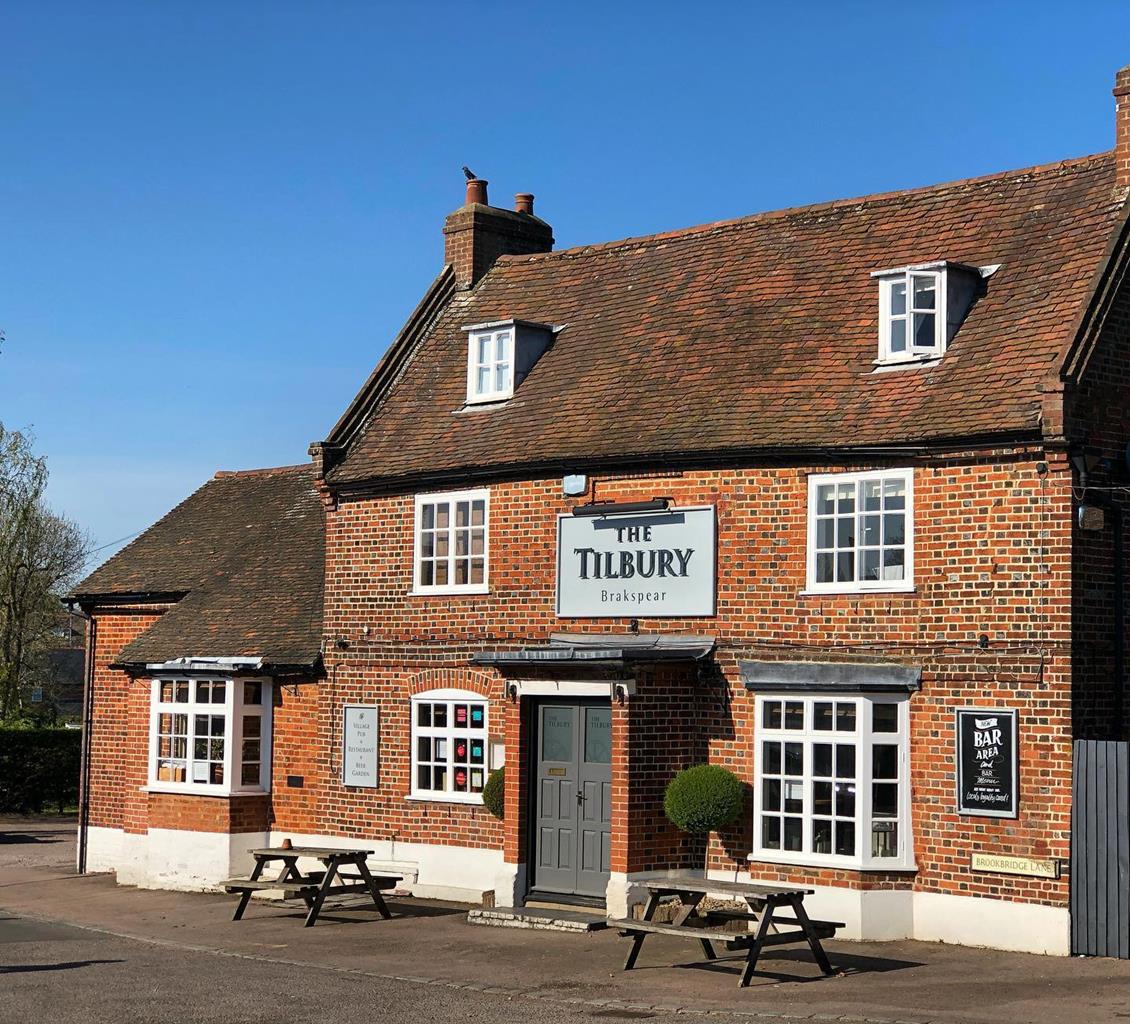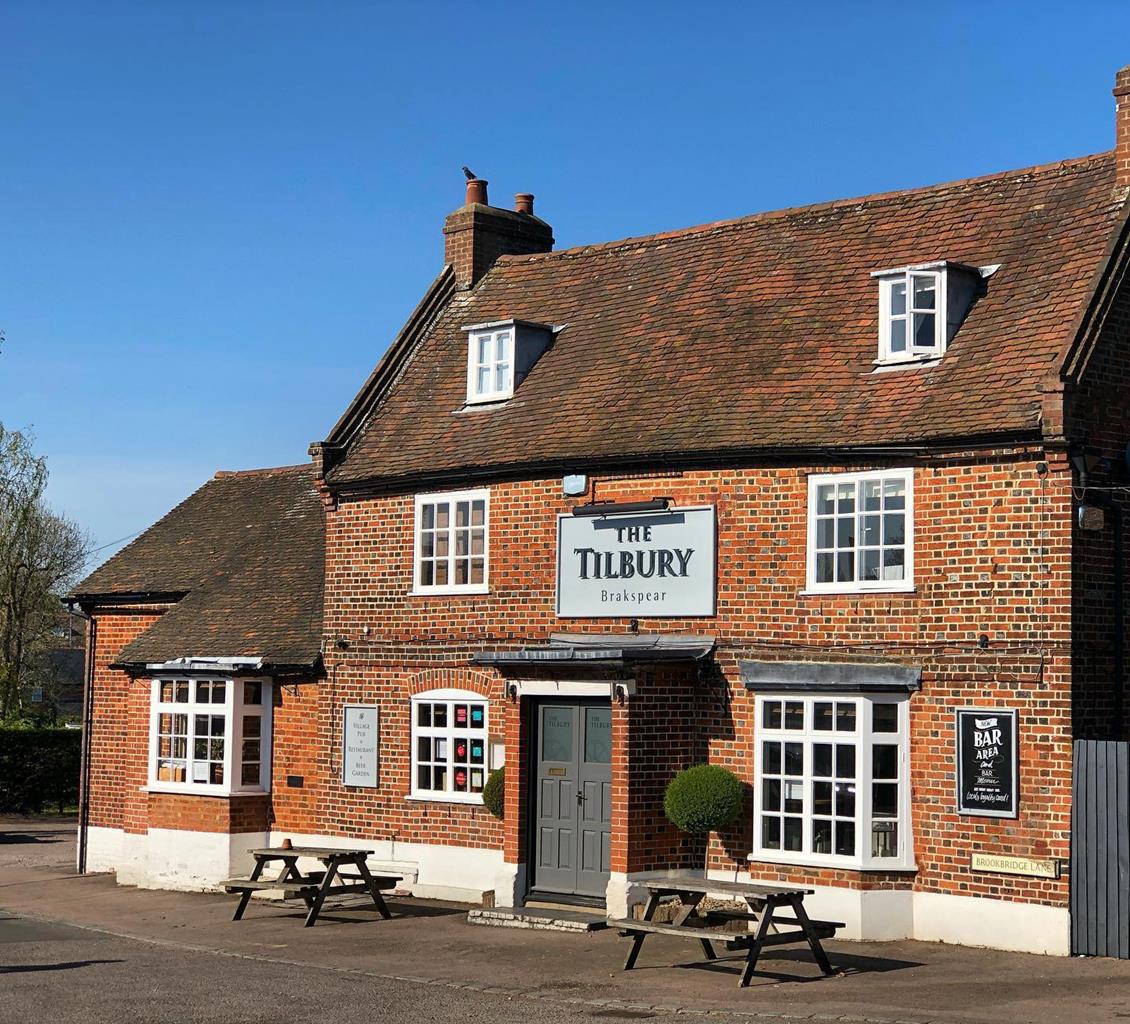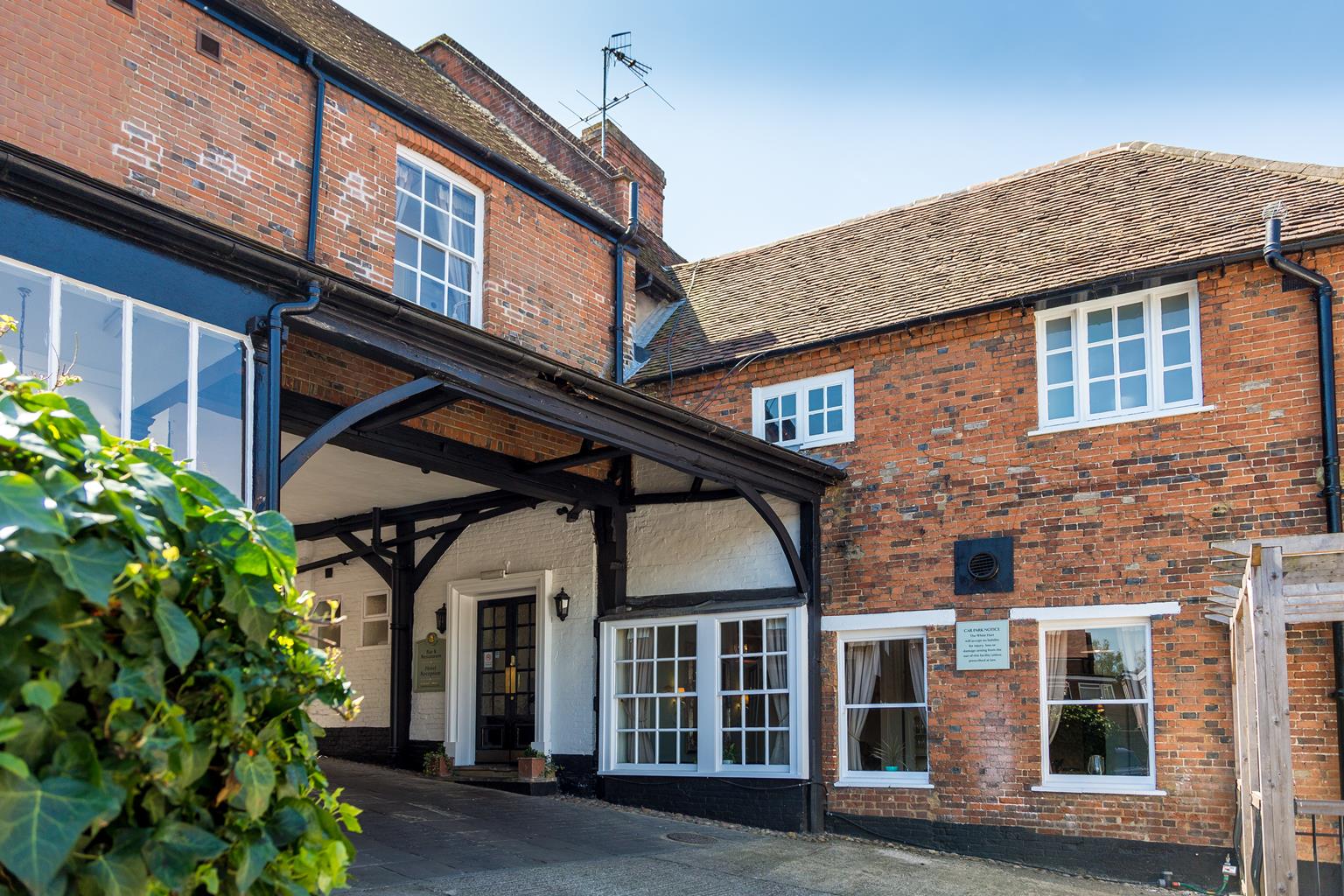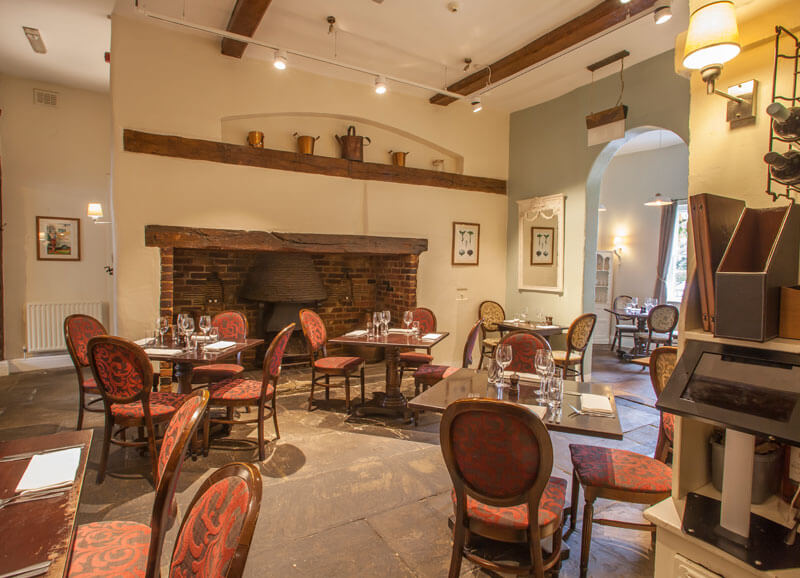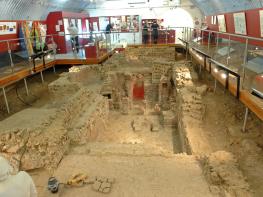This site provides much needed camping facilities close to London. Situated on level ground…
From Hertford Heath to Great Amwell

6.5 miles (10.4kms)
About the walk
Perched on the edge of the river cliff above the Lea Valley, is the small, attractive village of Great Amwell. It has a pub, the George IV, and a Norman church nestled in a steeply sloping, leafy churchyard, with some good monuments and mausolea, including the Mylne family's.
'Amwell! Perpetual Be Thy Stream'
Below the church hill is an attractive small lake with an island, on which stand weeping willows and an urn on a pedestal, commemorating Sir Hugh Myddelton. He constructed the New River between 1609 and 1613. Its purpose was – and still is – to carry fresh drinking water to Stoke Newington and on to London. The memorial was designed by Robert Mylne, the architect for the New River Company from 1767 until 1800. The inscription on the memorial reads:
'From the Spring at Chadwell 2 miles west and from the source of Amwell the Aqueduct meanders … conveying health, pleasure and convenience to the metropolis of Great Britain …'.
On another island Mylne erected a second monument inscribed 'AMWELL! Perpetual be thy Stream Nor e'er thy spring be less…'. Mylne was buried in the nearby churchyard in 1811.
Unfortunately, soon afterwards the stream failed in dry weather and the New River had to be extended northwards to the Lea between Hertford and Ware. Here the New Gauge, rebuilt in 1856, controls how much water enters the New River. Remarkably, the New River is still an important element in London's water supply.
Further west, away from the Lea Valley and at the south end of the well-wooded Hertford Heath, is Haileybury College. It was opened in 1809 as a training school for the East India Company. Its architect was the Greek Revivalist William Wilkins, who also designed the National Gallery and University College London. The principal front is stone with three temple front porticos, but the walk passes along the rear where Wilkins' buildings are mostly in yellow brick. The whole is dominated, not to say overwhelmed, by Sir Arthur Blomfield's giant dome, added in 1876 (Haileybury was then a public school). The west arm of the walk follows a stretch of Ermine Street that is a track. Sections of its 'agger' are still visible, and perhaps more evocative of the original Roman road than those stretches that remain as main roads. Named 'Ermine Street' in Anglo-Saxon times, it ran from London to Lincoln, probably by AD 47, within four years of the Roman Conquest.
Walk directions
Walk east along Mount Pleasant and by the Mount Pleasant sign take the left fork along a metalled track.
At the end, by a house, the bridleway bears right on to the wooded heath, then left at a bridleway post. Descend through hornbeam and oak woods, marked by occasional waymarker posts as it becomes a sunken lane. Bear right at the bridleway sign. Cross an access lane, go left and descend alongside the embankment of the A10.
Turn right to go under the A10, turning immediately left up steps to a stile, signposted 'Walnut Tree Walk'. Continue alongside the A10 (for 440yds/402m) to a high, chain-link gate. Go through this to ascend alongside a conifer belt and reach a metalled lane at the crest. Turn right.
At the next road, with the Van Hage Garden Centre on your right, turn left by the Gothic-windowed Amwellbury Lodge. Shortly turn right into Church Path and follow the footpath to Great Amwell.
Cross the lane and pass the George IV pub, then turn right into the churchyard, with its fine monuments. From the churchyard descend some steps, cross a lane and descend further, to the New River – the Myddelton Monument urn island is to your left. Turn right to follow the New River footpath, shortly passing Amwell Marsh Pumping Station.
Leave the New River at the road, turning right, uphill. Past Hillside Lane go left to the restricted byway sign. The track runs between fields, over the A414, and continues to the A1170. Cross this and go over a stile into pasture. Climb to the crest, go over a stile, go across a field, then another stile, and then turn right to descend to the A10 roundabout.
Turn left under the A10, cross to the byway sign and go left up the bank, signposted 'Hertford Heath'. At the top turn right to walk to the right of the woods, now in the grounds of Haileybury College. Continue straight on past the end of the woods on a track.
At a crossroads continue along the tarmac drive, with Haileybury College on your left. The college road merges with the B1197. Turn left at The College Arms, soon with the scrubby heathland of The Roundings on the right. Where the road bears left just before a large white house called Meadow Grange, fork right on to the heath, through trees, to bear left on to a grassy path. Follow this to the road and turn right on to a track.
Now on the Roman Ermine Street, you follow it northwards to merge with the B1197 through Hertford Heath. At the Country Stores shop turn right into Church Hill and back to the green.
Additional information
Bridleways, field paths and canal tow path
Well-wooded, deeply cut ridge and wide valley of River Lea
Some horse paddocks and bull warning notices
OS Explorer 174 Epping Forest & Lee Valley
Green at Church Hill or Mount Pleasant Road, Hertford Heath, off B1197
None on route
WALKING IN SAFETY
Read our tips to look after yourself and the environment when following this walk.
Find out more
Also in the area
About the area
Discover Hertfordshire
As Hertfordshire is so close to London, many of its towns have become commuter havens. St Albans, less than 19 miles (30km) from the capital, has retained its distinctive character, along with many historic remains. The Roman city of Verulamium is situated in a nearby park, and excavations have revealed an amphitheatre, a temple, parts of the city walls and some house foundations. There are also some amazing mosaic pavements.
The abbey church at St Albans is thought to have been built on the same site where St Alban met his martyrdom in the 3rd century. The abbey was founded in 793 by King Offa of Mercia, and contains the saint’s shrine, made of Purbeck marble. Lost for years, it was discovered in the 19th century, in pieces, and restored by the designer of the red telephone box, Sir Giles Gilbert Scott. The abbey also contains some wonderful medieval wall paintings. Nicholas Breakspear was born in St Albans, the son of an abbey tenant. In 1154 he took the name Adrian IV, and became the first, and so far only, English pope. Another famous son of Hertfordshire was Sir Francis Bacon, Elizabethan scholar and Lord High Chancellor, born in Hemel Hempstead in 1561.
Nearby stays
Restaurants and Pubs
Nearby experiences
Recommended things to do
Why choose Rated Trips?
Your trusted guide to rated places across the UK
The best coverage
Discover more than 15,000 professionally rated places to stay, eat and visit from across the UK and Ireland.
Quality assured
Choose a place to stay safe in the knowledge that it has been expertly assessed by trained assessors.
Plan your next trip
Search by location or the type of place you're visiting to find your next ideal holiday experience.
Travel inspiration
Read our articles, city guides and recommended things to do for inspiration. We're here to help you explore the UK.


